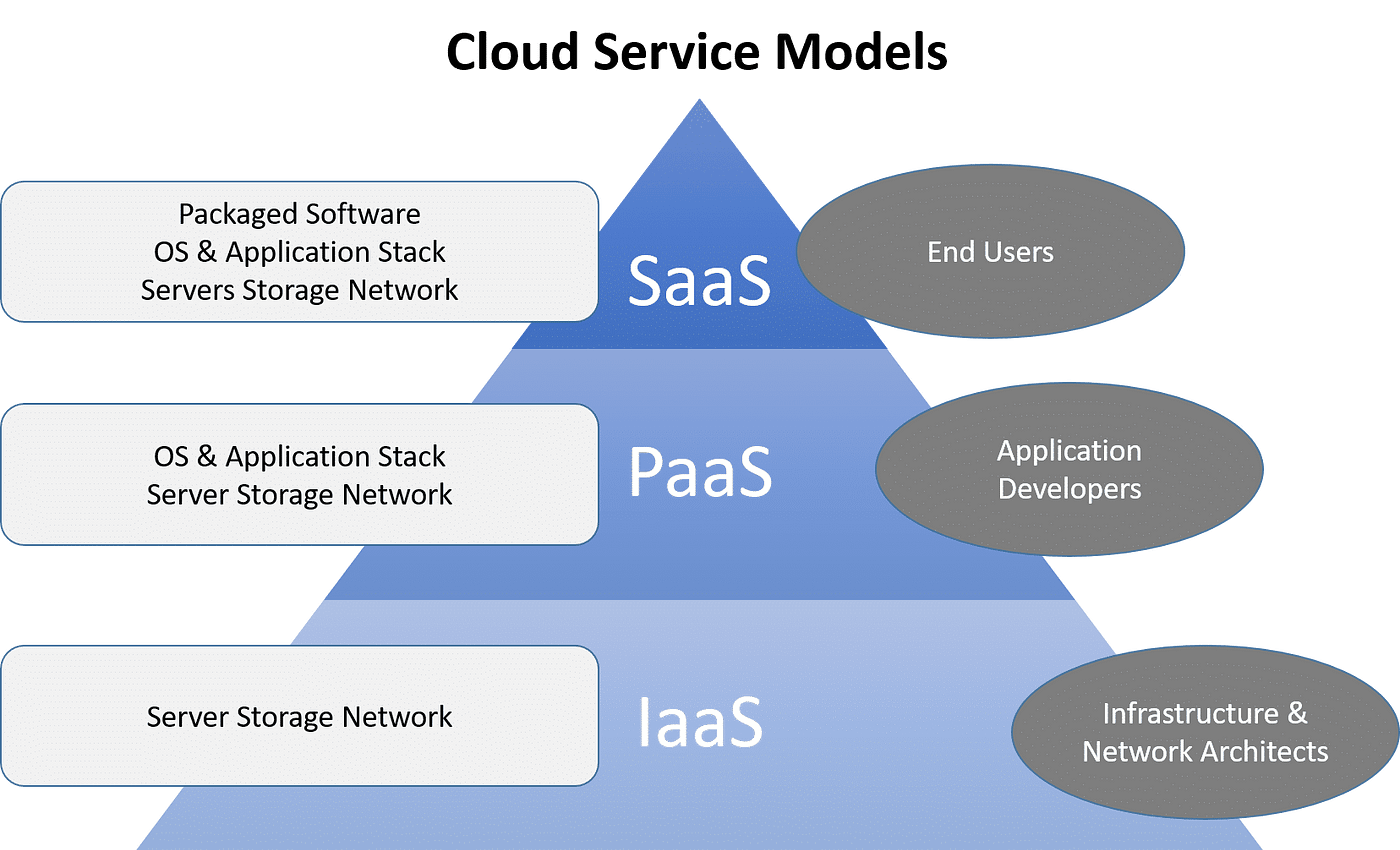Enhance Your Organization with Cloud Services: An Overview to Modern Solutions
Enhance Your Organization with Cloud Services: An Overview to Modern Solutions
Blog Article
Achieve Seamless Scalability With Cloud Services
In the ever-evolving landscape of cloud services, accomplishing smooth scalability stands as a keystone for contemporary companies seeking to stay competitive and adaptable. The mission for smooth scalability with cloud solutions introduces a world of possibilities for those prepared to accept the transformative power of dynamic resource monitoring.
Advantages of Cloud Scalability
Cloud scalability uses organizations the adaptability to dynamically adjust sources based on demand, making certain optimal performance and expense performance. Furthermore, cloud scalability advertises advancement and experimentation by enabling companies to conveniently evaluate brand-new concepts and range them as needed. Ultimately, the advantages of cloud scalability expand beyond price financial savings to incorporate better efficiency, dexterity, and development.
Key Features for Scaling
Efficient scaling in cloud solutions relies on essential functions that allow companies to readjust resources dynamically based on need. One crucial attribute for scaling is flexibility, allowing resources to scale up or down in response to changing workloads. This guarantees that companies can fulfill performance requirements without over-provisioning sources. One more key attribute is scalability, allowing systems to deal with enhanced work by adding resources effortlessly. This attribute is critical for accommodating growth without compromising efficiency. Furthermore, automation plays a crucial role in scaling by automating the provisioning and de-provisioning of sources based upon predefined plans. Automation reduces human treatment, improves effectiveness, and makes sure quick reaction to altering demands. Tracking and analytics devices are likewise crucial for scaling, providing insights into source usage, performance metrics, and potential bottlenecks. These devices allow companies to make educated choices and maximize resource allowance for efficient scaling. On the whole, these crucial attributes collectively equip organizations to attain smooth scalability in cloud services.
Applying Auto-Scaling Techniques
To effectively maximize source allocation and adjust to varying work, companies need to tactically carry out auto-scaling strategies in their cloud solutions facilities. Auto-scaling allows systems to immediately readjust the variety of compute resources based upon real-time need. There are numerous auto-scaling methods that organizations can employ, such as predictive scaling, which makes use of historical data to anticipate future source demands, and responsive scaling, which replies to current workload modifications.

Ideal Practices for Scalability
For companies intending to boost their scalability in cloud solutions, implementing finest methods is crucial for optimum efficiency and resource administration. One secret finest practice is making applications with a microservices style. This technique breaks down applications into smaller sized, independent services that can be deployed, upgraded, and scaled independently, permitting for greater versatility and scalability.
An additional crucial practice is utilizing containerization modern technology, such as Docker or Kubernetes. Containers enable the product packaging of applications and their dependences right into isolated systems, making it easier to scale parts independently and release them regularly throughout various atmospheres.
In addition, executing automated deployment and infrastructure as code (IaC) can enhance scalability initiatives (linkdaddy cloud services). Automation devices like Terraform or Ansible help in provisioning and managing sources successfully, decreasing hand-operated errors and making it possible for quick scalability
Additionally, keeping track of efficiency metrics, establishing notifies, and carrying out normal ability preparation are crucial methods to guarantee proactive scalability administration. By adhering to these best techniques, organizations can achieve seamless scalability in their cloud solutions while enhancing efficiency and resource use.
Monitoring Performance Metrics
When assessing the effectiveness of cloud solutions scalability, closely keeping an eye on performance metrics is vital for ensuring ideal capability and source allowance. By continually tracking essential efficiency indicators (KPIs) such as feedback times, throughput, latency, and source application, organizations can obtain useful understandings into the health and wellness and efficiency of their cloud facilities. Checking efficiency metrics permits the very early discovery of possible traffic jams or issues that could impact scalability, making it possible for aggressive steps to be taken to address them prior to they escalate.

Conclusion
To conclude, accomplishing smooth scalability with cloud services is crucial for companies to enhance efficiency, improve innovation, and preserve high performance degrees during peak times. By leveraging the advantages of cloud scalability, applying auto-scaling methods, using essential content features such as elasticity and automation, and following best practices like application style and performance monitoring, businesses can successfully scale their dig this systems while making best use of resource usage and efficiency.
The pursuit for smooth scalability with cloud solutions reveals a world of possibilities for those eager to welcome the transformative power of vibrant source management.
Cloud scalability offers organizations the versatility to dynamically adjust sources based on need, guaranteeing ideal performance and price performance. An additional essential function is scalability, allowing systems to manage boosted workload by including resources flawlessly.For organizations aiming to improve their scalability in cloud services, carrying out best practices is critical for optimum efficiency and resource administration.When analyzing the effectiveness of cloud services scalability, very closely keeping track of performance metrics is necessary for ensuring optimal functionality and source allocation.
Report this page